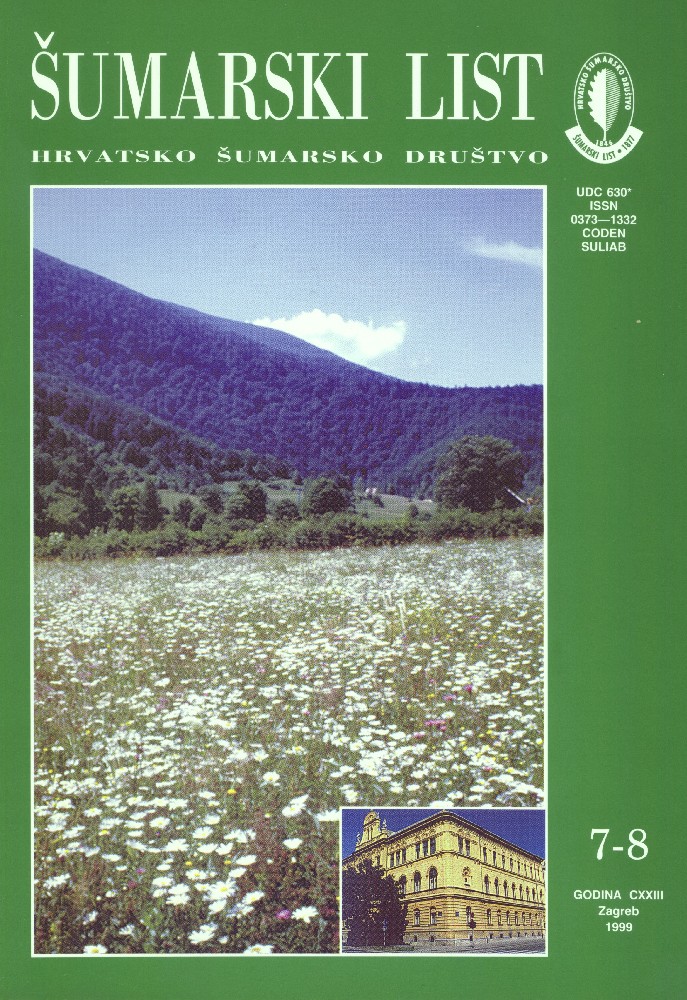Summary: Ticks are Arthropoda which belong to the order of mite. The head, thorax and abdomen make up a whole.They have special labial organs for skin pricking and sucking (feeler, hipostoma). They live as parasites on plants, avertebrates and vertebrates. Their significance is recognised both by human and veterinarian medicine and forestry, as well as by some other fields. They change hosts in each developmental instar (larva, nymph, adult). Their lifetime is a few years. They live on mammals (mouse-like rodents, as well as on other small and big animals). Ticks transmit pathogenic viruses, bacteria and other sources of epidemic diseases. In Croatia, they transmit viral encephalitis, nodose fever, lyme borreliosis, tularaemia, recurrnt fever, etc. Sources of disease are transmitted to the new generations of ticks through ovaries. Therefore, ticks are reservoirs and not only vectors which transmit different sources of disease. The most present diseases in the continental part of Croatia are meningitis, lyme borreliosis and, in the coastal area, mediterranian spotted fever. The above mentioned diseases can be either prevented or cured. The most important preventive measure is avoiding infection, i.e. avoiding principal seats of ticks. In addition, one should not walk through the woods without appropriate footwear as well as long-sleeved and long-legged clothing. One should apply ticks repellents and, after having been exposed to the dangers of infection, examine one´s body. To prevent meningoencephalitis it is best to have a vaccination against it. Lyme borreliosis is cured by antibiotics.
Key words: tick; mammal; virus; bacteria; vector; host; meningoencephalitis; Lyme borreliosis |



